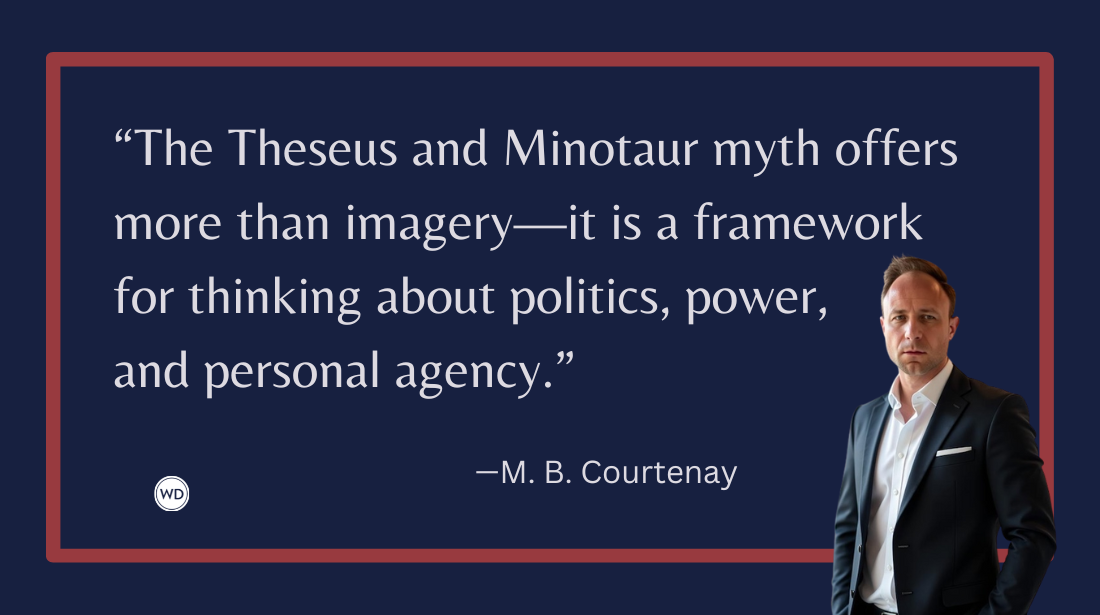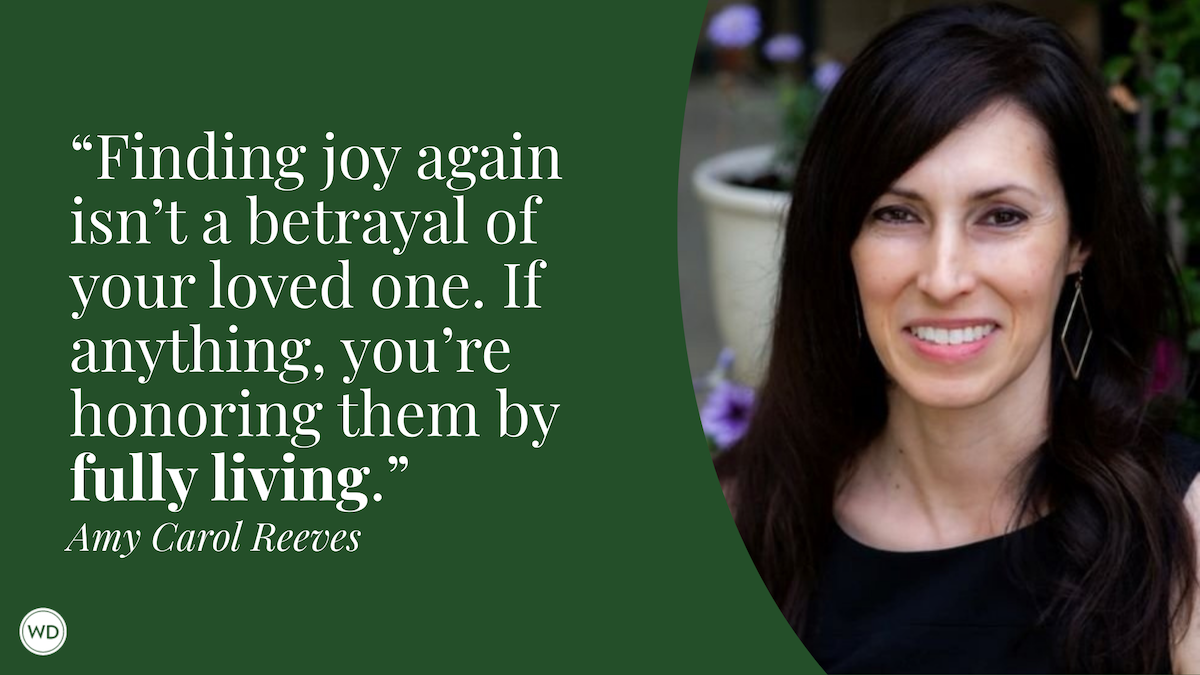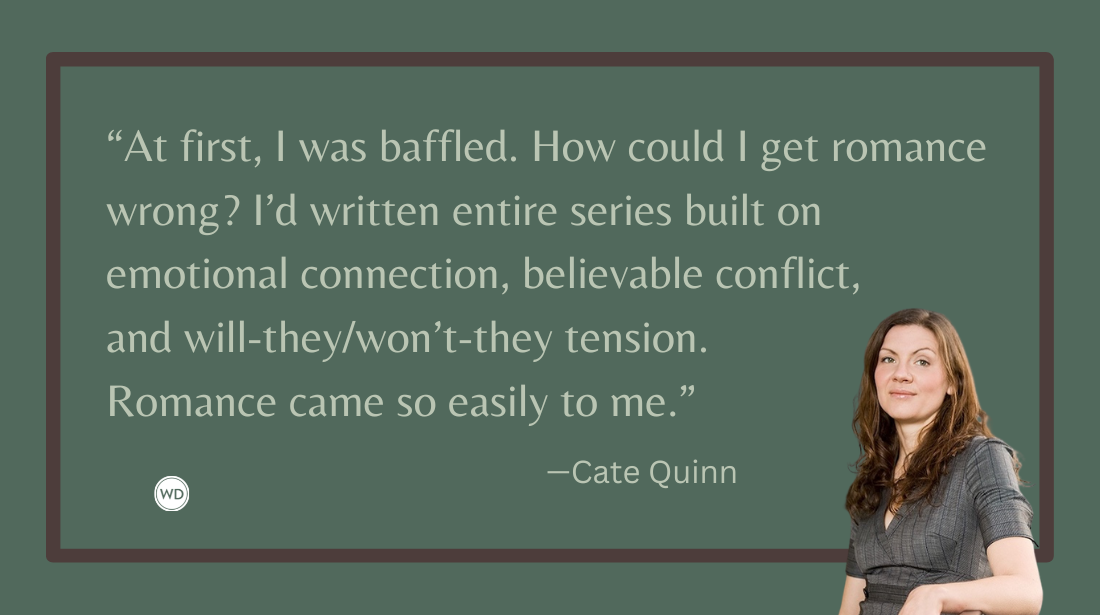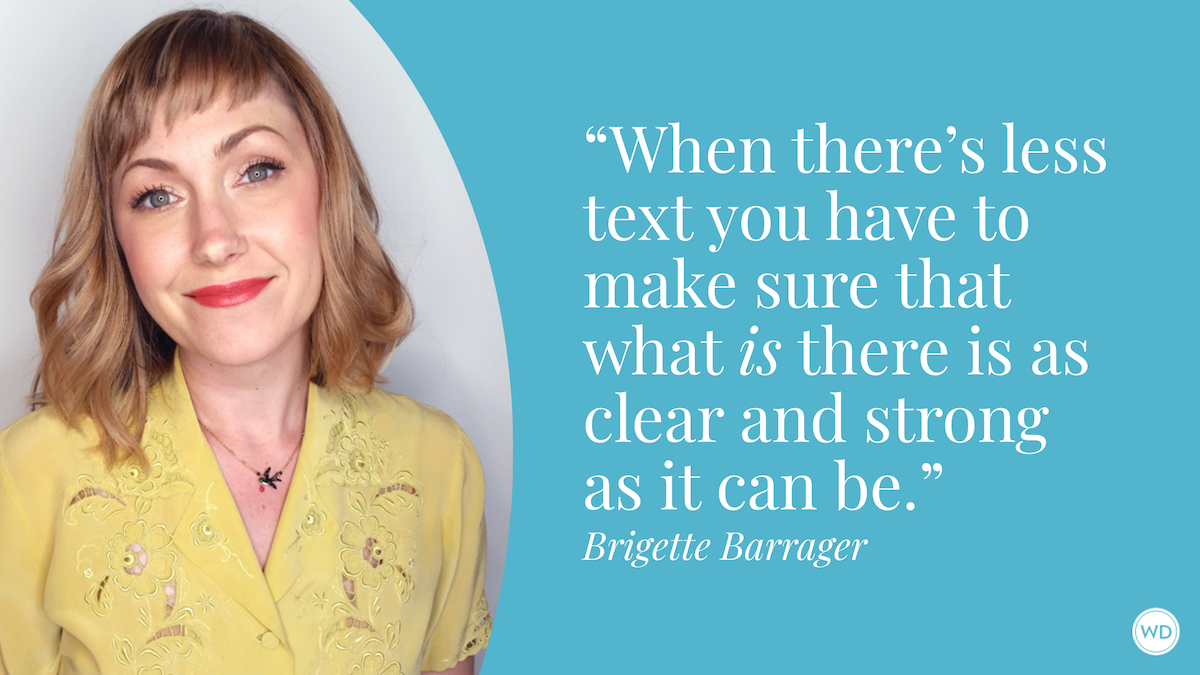The Importance of Character Growth in Fiction
Bestselling author Annie Rains shares her thoughts on the importance of character growth in fiction to make compelling stories.
If your character is stagnant, there is no story. Period. The importance of having your character grow from the beginning to the end of your novel is as crucial to your fiction as making sure your characters have strong goals and motivations.
Readers long to see characters transform on the page; that’s the whole point of a good story. Your character should not come out of your plot as the same person they were before their journey began. If they do, there is no story.
GOAL & MOTIVATION
In order to grow your character, just add water. If only it was that easy! After you’ve created your character, you typically give them a goal and motivation for wanting said goal. The goal needs to be big and the motivation should be even bigger.
Your character should have a one-track mind when it comes to this goal. If not, once they come across any resistance, including their own shortcomings, they’ll give up. Then the story is over before it’s even begun. So, what does your character want so badly that it keeps them up at night?
CHARACTER FLAW
Once you have your character, their goal, and motivation, it’s time to create your character’s backstory which paves the way for their fatal flaw, otherwise known as character weakness. Your character’s backstory will be the reason for every aspect of who your character is at the start of your book.
Your character has already experienced several books' worth of growth since they were born. The growth may have granted them past successes, but it’s also made them set in their ways. Perhaps they have irrational fears holding them back because of the experiences they’ve had. Your job as the author is to highlight which weakness is primary for keeping your character from that goal that they just can’t let go of for your current story.
Check out Annie Rains' novel Through the Snow Globe:
(WD uses affiliate links.)
PLOT
Now that you have your character, their goal, motivation, and backstory leading to a believable character weakness, it’s time for plot. Your story plot is the vessel that will transform your present character to the best version of themselves: a stronger, more capable, happier version of who they were on page one. This shouldn’t be an easy process. In fact, it should be painful—the equivalent of completing surgery on your characters without anesthesia. Make them feel every incision!
Your character should stumble, fall, crash and burn before they stand, run, and ultimately fly. The harder the struggle, the more satisfying the growth. At each turn of the page, your character flaw should rear its ugly head until your character finally has an ah-ha moment and begins to see the error of their ways. This is where the magic, er, growth begins!
Note: Pacing is key for character growth. It should be a gradual process that spans the entire length of your book. Don’t make the growth happen in clumpy phases that jolts the reader out of the story.
AH-HA!
Even after your character has become aware of the problem, growth takes work. So much work, that your character may contemplate giving up completely. They won’t though because through the process of your story, they have become stronger. During this last push for growth, you may need to have your character take a good, hard look at the things of their past and the coping techniques that they developed for survival.
Perhaps they realize that they don’t need to run from every fear anymore. Maybe they see things differently now that they’re older. Do they need to forgive someone? Seek forgiveness? Does your character need to seek out professional help? Take classes? What does your character need to do in order to move on with their life in a healthy way?
SHOW!
Knowing and doing are two completely different things. Don’t make your readers take your word for it that the character has grown. After reading your entire book, your readers deserve to see the growth in action. In order to make the character growth satisfying and believable, show your character doing something that they never would have been able to do at the book’s start. Prove to your readers that this growth is real and that it’s making a real difference in your character’s life.
Note: Don’t forget to ambush your readers with emotion! Readers need to feel the pride and exhilaration of your character finally achieving that goal that seemed so far out of reach at the story’s beginning.
To conclude, character growth is pinnacle to your story. Your character should be like a jagged rock on page one—a diamond in the rough! Your plot should serve as the rock tumbler, polishing that rock into the jewel of a character he or she was meant to be. Make sure this important element is included in your story in order to create the most satisfying reader experience possible.
USA Today bestselling author Annie Rains lives in a small, coastal North Carolina town, full of lovable folks, scenic downtown areas, and nature—similar to the towns she writes in her books. Annie’s love of reading and writing books grabbed hold of her at a young age and never let go. Her first book was published in 2015 and she’s been writing heartfelt, page-turning stories ever since. When Annie isn’t writing, she’s reading from her never-ending TBR stack on her bedside table, taking long walks while plotting her characters’ happy endings, and living out her own happily ever after with her husband, three children, feisty rescue cat, and mischievous dog.
Learn more at AnnieRains.com, or follow her on Twitter, Facebook, and Instagram.









